I'm in need of some knowledge on how to fix an error I have made while collecting data. The collected data has the following structure:
["Author", "Message"]
["littleblackcat", " There's a lot of redditors here that live in the area maybe/hopefully someone saw something. "]
["Kruse", "In other words, it's basically creating a mini tornado."]
I normally wouldn't have added "[" or "]" to .txt file when writing the data to it, line per line. However, the mistake was made and thus when loading the file it will separate it the following way:
Is there a way to load the data properly to pandas?
